What is Public Service Advertising?

In PSA, more than an advertisement is done; it is a mission. Advertisements are created to promote the sale of a product or service, whereas PSAs are created in the interest of society. They are channeled towards creating awareness about high-grade considerations in health, safety, the environment, and civic responsibilities. One does not simply buy a PSA message; notwithstanding, media outlets often broadcast many of them free of charge as fulfillment of their social responsibilities.
So, what exactly does public service advertising mean? In essence, it means creating change. Whether it is an ad or campaign encouraging people to stop smoking, save water, or drive safely, giving education to the public to bring about the adoption of some kind of behavior beneficial to the community at large is the real goal.
What is the Purpose of Public Service Advertising?
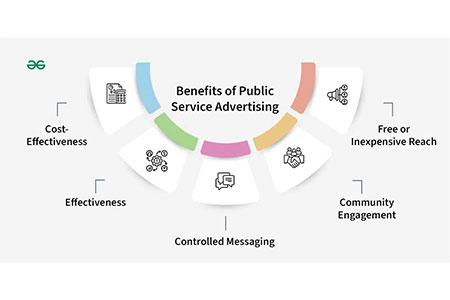
- To Create Awareness of Issues Related to Social, Health, or Environmental: Public Service Announcements share announcements on various different topics that are usually not given attention in mainstream media. Climate Change and COVID-19-PSAs can highlight issues that need more visibility and effort to bring them to a focal point in the public mind.
- To Change Attitudes, Behaviors, or Public Will: PSAs can also change attitudes. Unlike commercials that are designed to entice audiences to buy products, PSAs appeal to audiences on logical or emotional levels using stories that help individuals and communities think differently about a topic. From heavy, emotional public service announcements to sound bites and infographics, PSAs portray reasonable intentions to promote responsible behaviours - seatbelts or recycling.
- To Promote Civic Responsibility and Community Welfare: From voter registration drives to “Swachh Bharat” cleanliness initiatives, such advertisements encourage a sense of shared responsibility and also encourage people to play active roles in community well-being.
- To Support Government or NGO Initiatives: Public service advertising is most of the time aligned with government programs or NGO missions. Campaigns explain how advertising supports nationwide goals and helps governments achieve these goals by creating a campaign around awareness.
The purpose of public service advertising is to spark action. Here's how PSAs make a difference:
Benefits of Public Service Advertising
- Raises Awareness: Educates the public on social and environmental concerns.
- Drives Behavioral Change: Influences habits like tobacco cessation, hygiene, or conservation.
- Builds Trust: Engages communities and enhances organizational credibility.
- Educates the Public: Helps people access resources, recognize symptoms, or make better decisions.
- Boosts Brand Perception: Positions the sponsor as responsible and socially conscious.
How to Create an Effective Public Service Advertisement

- Clear Message: Stay focused on one impactful issue.
- Know Your Audience: Target by age, location, interest, and values.
- Balance Emotion and Logic: Use hope, fear, or data meaningfully.
- Concise Content: Deliver the message quickly and clearly.
- Right Channel: Choose between digital, TV, radio, or print based on audience habits.
- Call to Action: End with a specific step for the viewer to take.
Public Service Advertising Strategies
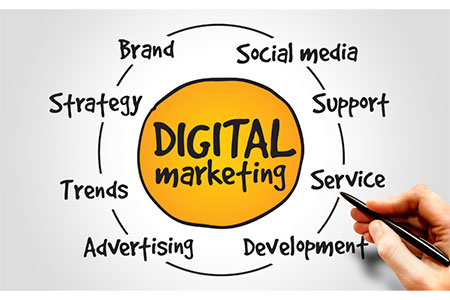
- Storytelling: Use real-life stories for emotional resonance.
- Celebrity Endorsement: Influential figures boost reach and trust.
- Repetition: Reinforces message and aids recall.
- Timing & Placement: Match messages with cultural/relevant moments.
- Collaborations: Partner with local and national organizations to amplify impact.
Techniques of Public Service Advertising
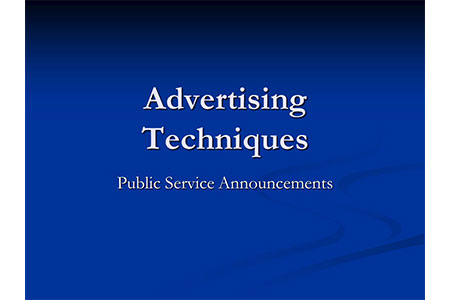
- Emotional Appeal: Use fear, hope, or compassion to engage.
- Humor or Shock: Grab attention and provoke thought.
- Statistics & Facts: Build trust with evidence.
- Symbolism: Simplify complex issues visually.
- Strong Visuals & Slogans: Use design and taglines to make content memorable.
Measuring the Impact of Public Service Advertisements
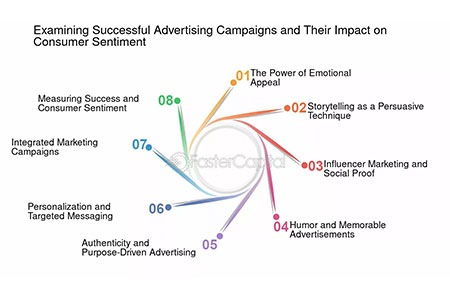
- Surveys: Gauge shifts in awareness and behavior post-campaign.
- Engagement Metrics: Clicks, shares, comments, and views.
- Behavioral Change: Look for tangible effects like vaccination rates or seatbelt use.
- Media Reach: Evaluate how many people saw the message and where.
- Long-Term Shifts: Cultural change over months or years.
Public Service Advertising Case Studies
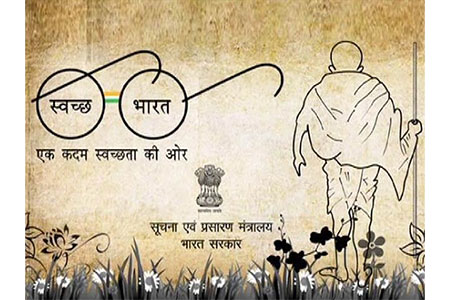
- Beti Bachao, Beti Padhao: Tackled gender discrimination with emotional storytelling and wide media reach.
- Swachh Bharat Abhiyan: Revolutionized sanitation norms through integrated media and public participation.
- Red Ribbon Express: A mobile HIV/AIDS awareness campaign that reached underserved regions of India.
Conclusion
Public service advertising plays a vital role in shaping an informed, responsible, and compassionate society. Unlike traditional ads, PSAs don’t sell products—they change lives. With proper messaging, partnerships, and delivery, PSAs empower communities and support meaningful societal transformation.
As media evolves, so does PSA effectiveness. Whether national or local, the impact is immense—if executed well.



